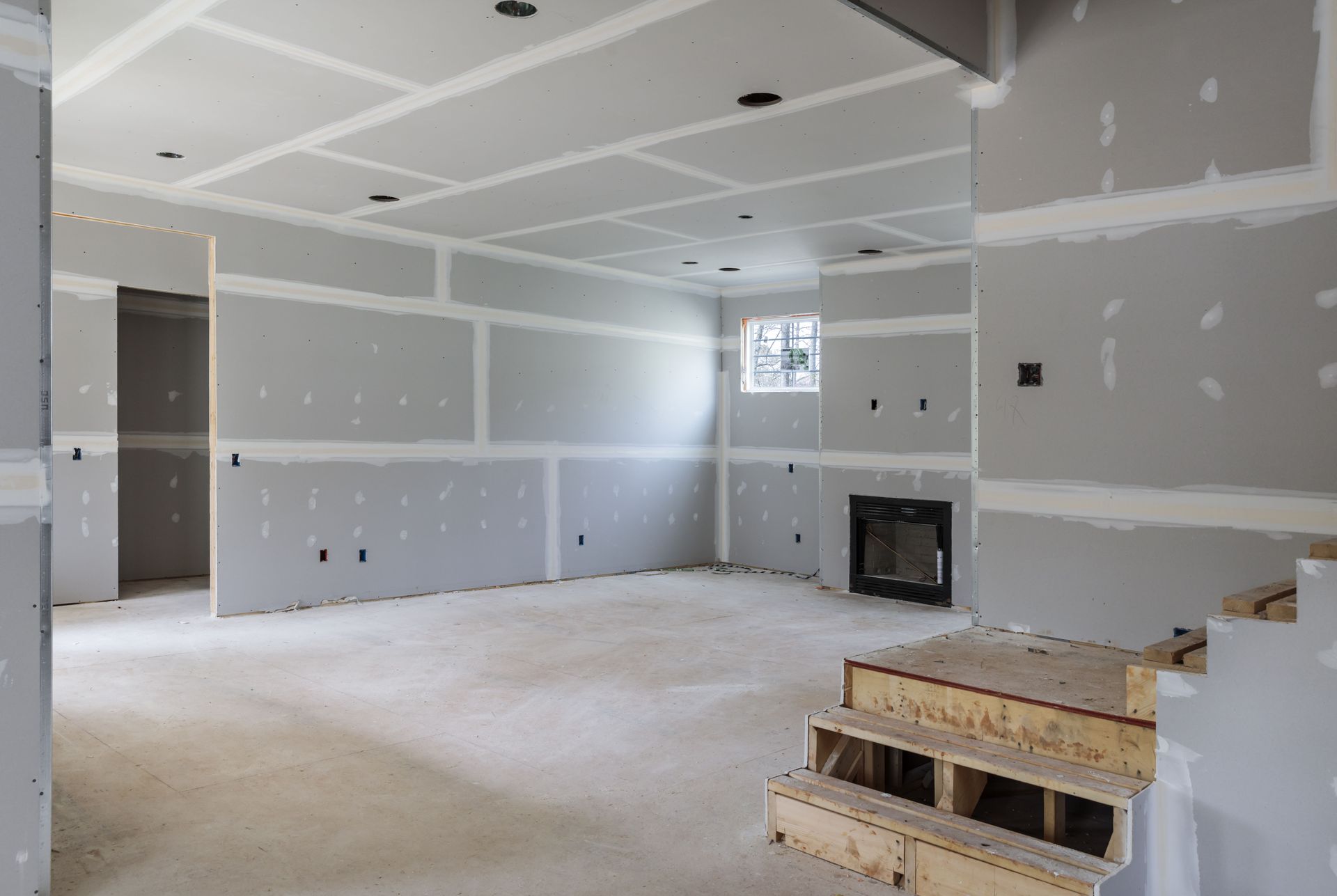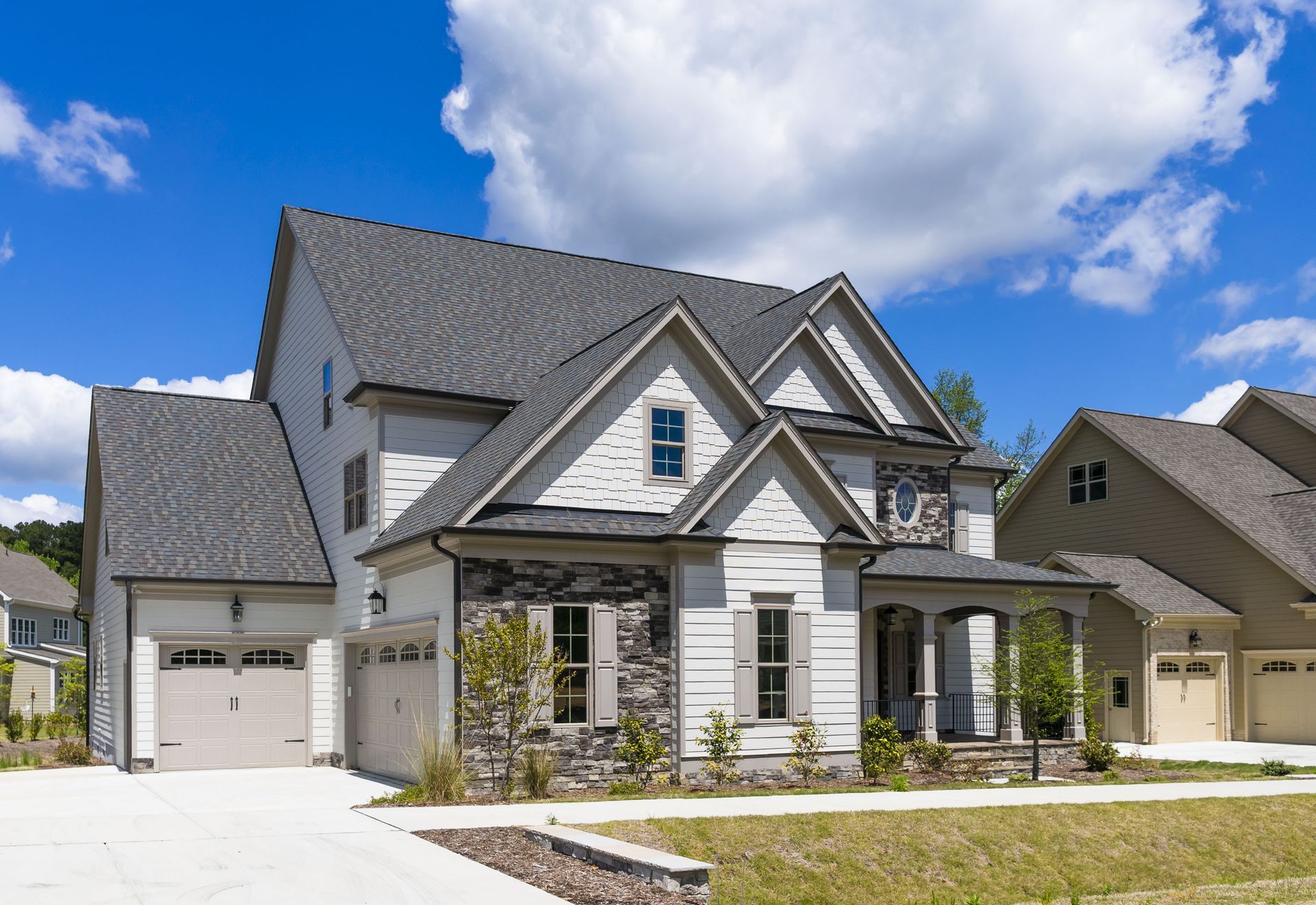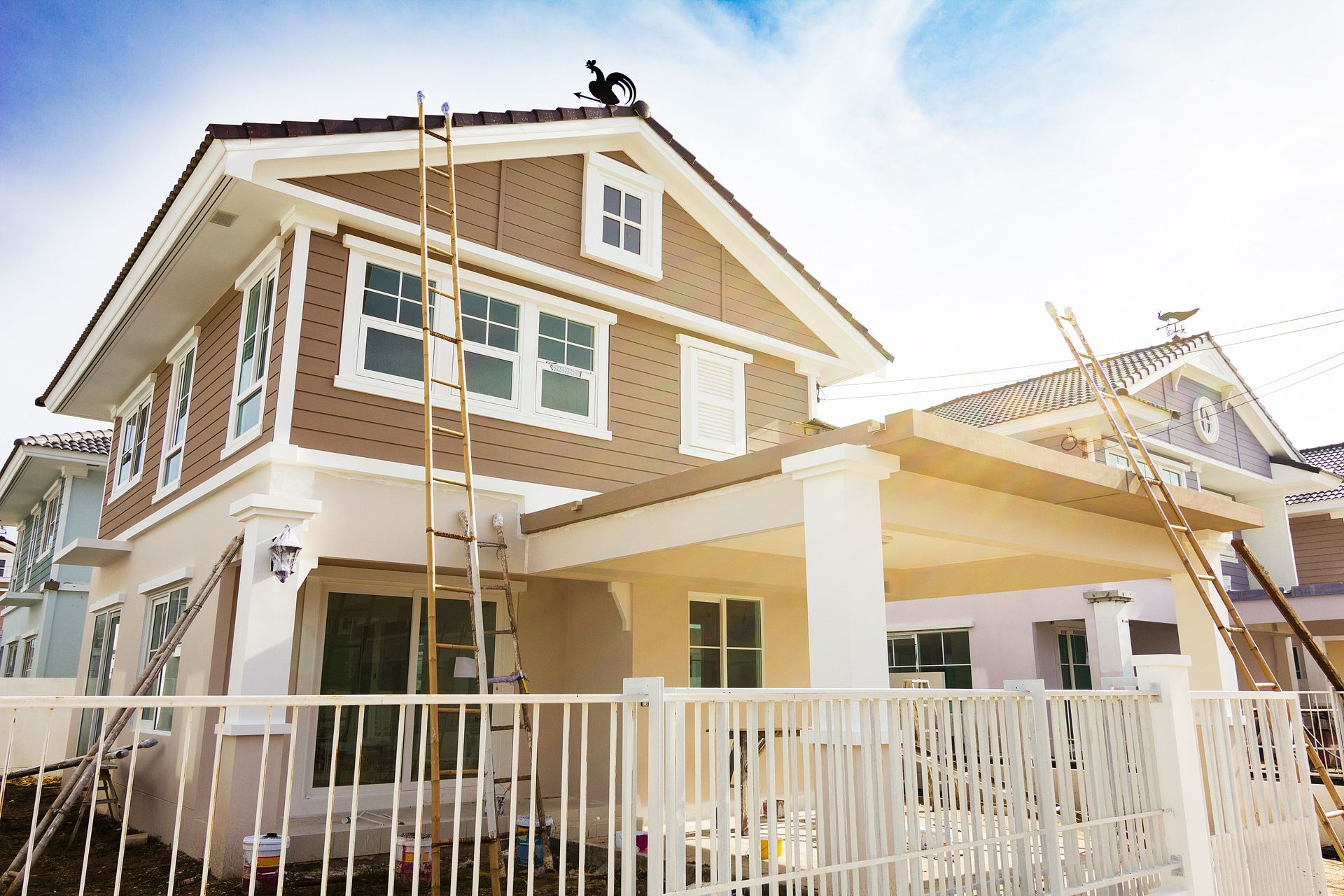The home renovation landscape is entering a new era in 2025, blending sustainability, technology, and functionality like never before. Homeowners are seeking ways to enhance comfort, efficiency, and style while making environmentally responsible choices. From eco-conscious materials to intelligent systems that adapt to modern living, renovation trends are evolving to meet the demands of a new generation of homeowners.
These developments reflect a larger shift toward creating homes that are not only visually appealing but also practical and sustainable. According to Zipdo, a 2024 survey revealed that 72% of homeowners plan to undertake improvement projects within the next year, showing the continued enthusiasm for transforming living spaces. As we look ahead, several forward-thinking ideas are shaping the future of home renovation and redefining what it means to live well in a modern home.
Embrace Sustainable and Eco-Friendly Materials
Sustainability has become the heart of home renovation trends for 2025. Homeowners are increasingly turning to reclaimed wood for flooring, furniture, and accent walls, drawn to its rustic character and history. Each piece tells a story—often sourced from barns, factories, or older homes—adding depth and individuality to modern spaces. Beyond its beauty, reclaimed wood helps preserve forests and reduce landfill waste, making it an ethical and durable material choice that connects craftsmanship with environmental responsibility.
Alongside reclaimed wood, recycled metal and glass are gaining traction in sustainable home renovation projects. These materials offer industrial sophistication while minimizing environmental impact. Recycled metal can be used for roofing, railings, or furniture, and recycled glass finds new life as windows, partitions, or decorative features. Together, they create sleek and modern spaces while conserving natural resources. Their resilience, aesthetic versatility, and ability to improve energy efficiency make them appealing for homeowners seeking both elegance and ecological balance.
Renewable resources like bamboo and cork are also redefining sustainable design. Bamboo’s sleek, durable qualities make it ideal for flooring, paneling, or furniture, while cork provides warmth, sound absorption, and comfort underfoot. Both are rapidly renewable and harvested responsibly, lowering ecological impact. They also improve indoor air quality, as cork is hypoallergenic and resistant to mold. Choosing these materials reflects a broader commitment to sustainability and a forward-thinking approach to home renovation that prioritizes longevity, health, and style.
The use of VOC-free paints continues this eco-friendly momentum. Traditional paints release volatile organic compounds that can harm indoor air quality, while VOC-free alternatives provide vibrant finishes without compromising health or sustainability. They are especially valuable for households with children, pets, or those sensitive to chemicals. Though slightly more expensive, VOC-free paints offer superior adhesion, durability, and color retention—qualities that justify the investment. This growing preference for cleaner materials demonstrates how homeowners are balancing style with safety and environmental care.
Finally, energy-efficient windows are becoming a staple of sustainable living. Their superior insulation keeps homes comfortable year-round, reducing heating and cooling costs. Modern designs use double or triple glazing and low-emissivity coatings to regulate temperature while enhancing soundproofing and durability. As more homeowners seek to lower energy use, these windows serve both aesthetic and functional roles, proving that sustainable living doesn’t require sacrificing comfort or design. Combined with other eco-conscious upgrades, they help create homes that are truly efficient and future-ready.
Integrate Smart Home Technology
Technology is revolutionizing the way we think about home renovation, with smart systems providing unprecedented control, convenience, and efficiency. Voice-controlled devices such as smart speakers and virtual assistants allow homeowners to manage lighting, temperature, and entertainment with simple voice commands. These systems improve accessibility and ease of use, making daily tasks more intuitive. They also help conserve energy by learning routines and adjusting usage patterns, reducing waste without sacrificing comfort.
Smart lighting systems represent another exciting advancement. They allow homeowners to customize brightness, color, and schedules through mobile apps or voice control, creating adaptable lighting environments that suit every mood or activity. In addition to enhancing aesthetics, LED-based smart lighting consumes far less energy than traditional options. The ability to automate lighting also helps prevent unnecessary usage, reinforcing sustainable living habits while adding modern sophistication to any home.
Security technology has evolved just as rapidly, integrating seamlessly into today’s connected homes. Smart locks, cameras, and motion sensors now provide real-time monitoring and remote access, enabling homeowners to secure their properties from anywhere. Artificial intelligence adds an extra layer of intelligence, distinguishing between normal and unusual activity to minimize false alarms. These systems not only offer peace of mind but also demonstrate how advanced technology can safeguard privacy and comfort in equal measure.
Connected appliances are also transforming the way homeowners interact with their kitchens and laundry rooms. Smart refrigerators track inventory, ovens preheat remotely, and washing machines send notifications upon cycle completion. These innovations reduce energy waste while providing unparalleled convenience. As they become more affordable and widespread, connected appliances will continue to define home renovation in 2025, helping households save time and optimize daily routines.
Energy monitoring systems round out the smart home revolution by offering detailed insights into energy consumption. With real-time analytics, homeowners can identify inefficiencies and adjust behaviors accordingly. These systems support eco-friendly living by encouraging conservation and cost savings. The ability to monitor and control usage from a single platform makes them indispensable for those committed to responsible energy management. Together, smart technologies are turning houses into intelligent ecosystems that adapt to the needs of their residents.
Design Multi-Functional and Adaptable Spaces
The shift toward multi-functional spaces has become one of the most defining features of modern home renovation. With remote work and flexible lifestyles now the norm, homeowners are rethinking how space is used. Instead of single-purpose rooms, designs now favor areas that can easily transform based on daily needs. For example, a cozy corner can double as a home office by day and a reading nook by night. Built-in storage, modular furniture, and efficient lighting make these spaces both practical and visually cohesive, ensuring every square foot serves a purpose.
Open-concept layouts continue to dominate, allowing natural light to flow freely and fostering social interaction. However, 2025’s designs emphasize balance—creating boundaries within open spaces through partial walls, sliding doors, or smart partitions. These adaptable features allow rooms to shift seamlessly between work, relaxation, and entertainment zones without compromising privacy or style. Incorporating technology, such as retractable screens or movable furniture, adds further flexibility, ensuring that spaces evolve alongside their occupants’ changing lifestyles.
Homeowners are also focusing on wellness-inspired areas within multi-functional designs. Meditation corners, exercise spaces, or indoor gardens introduce calm and balance into daily routines. Materials like bamboo flooring or natural fabrics help create soothing atmospheres, reinforcing the connection between design and well-being. The emphasis on flexibility ensures that homes remain functional and comfortable, capable of supporting both productivity and relaxation. In essence, multi-functional spaces exemplify how thoughtful design enhances quality of life.
The home renovation trends shaping 2025 reflect a collective desire to live smarter, greener, and more efficiently. Homeowners are embracing materials and technologies that support sustainability, functionality, and comfort—elements that work together to create meaningful, enduring spaces. Whether it’s integrating recycled materials, adopting energy-efficient systems, or designing adaptable living areas, today’s renovations go far beyond cosmetic updates; they embody a lifestyle rooted in purpose and innovation.
At Central Point Homes, we’re passionate about helping homeowners bring these forward-thinking ideas to life. Let’s work together to design and build a home that captures the best of these 2025 trends—beautiful, sustainable, and ready for the future.




Share On: